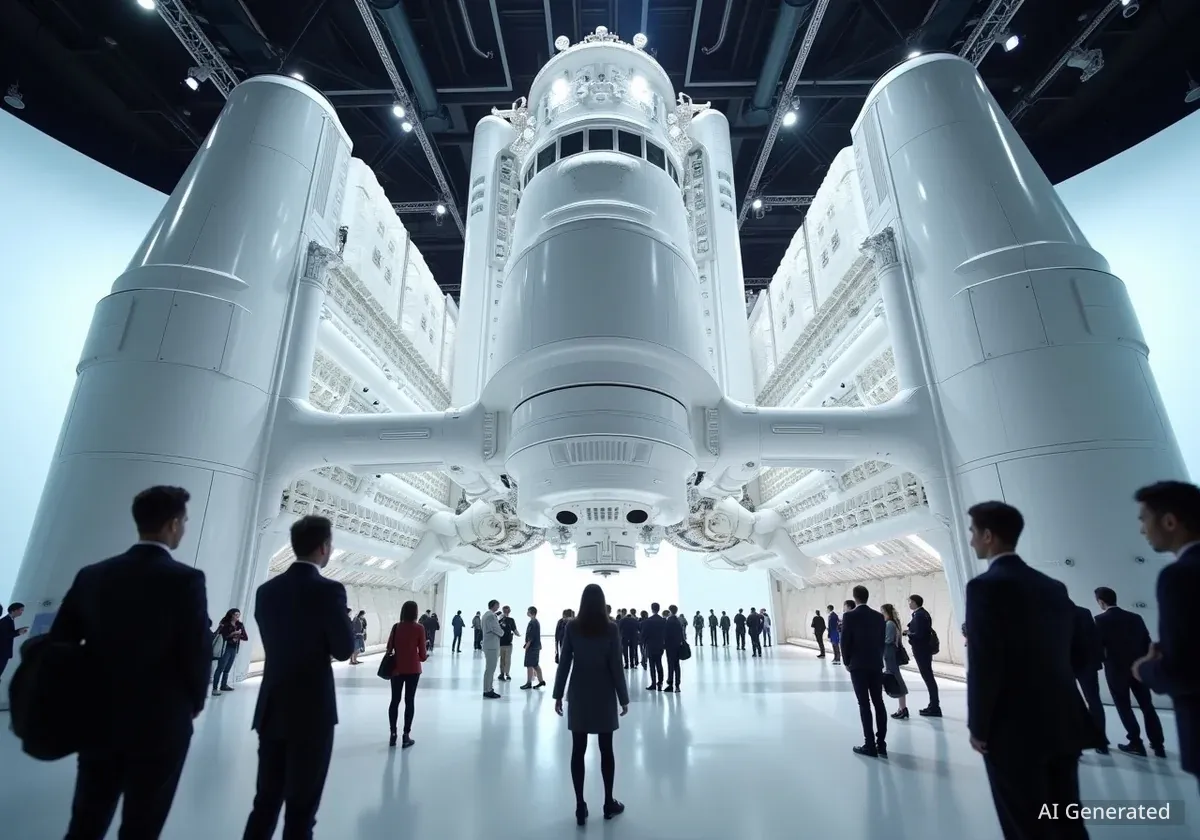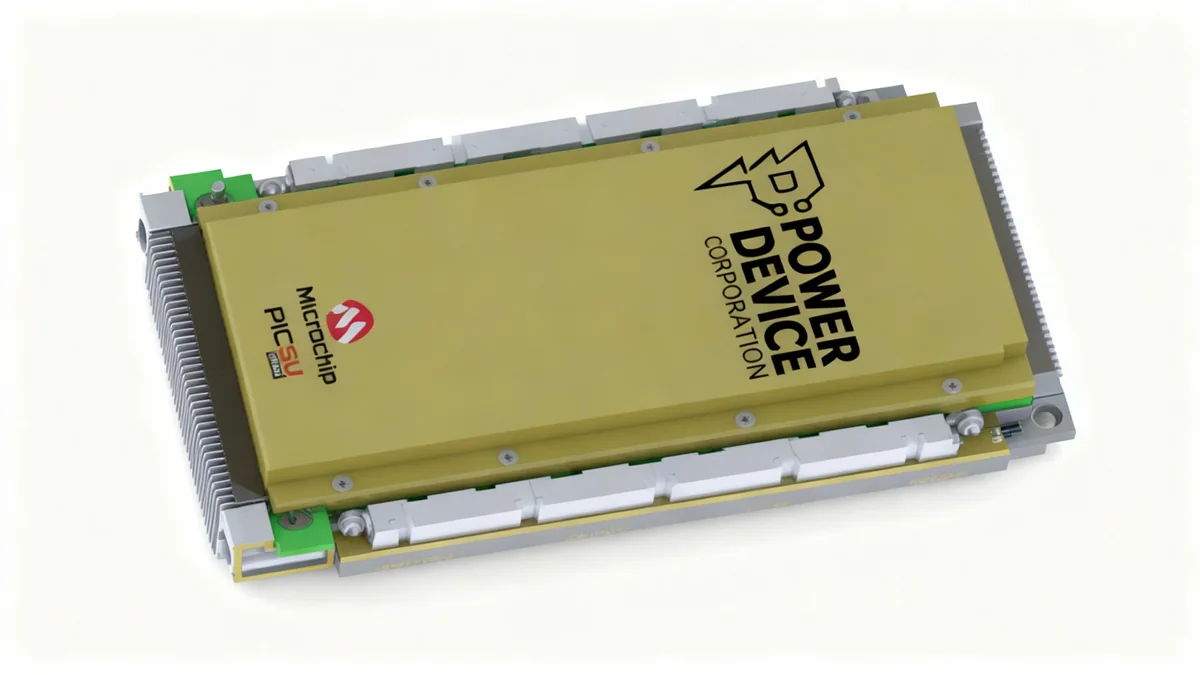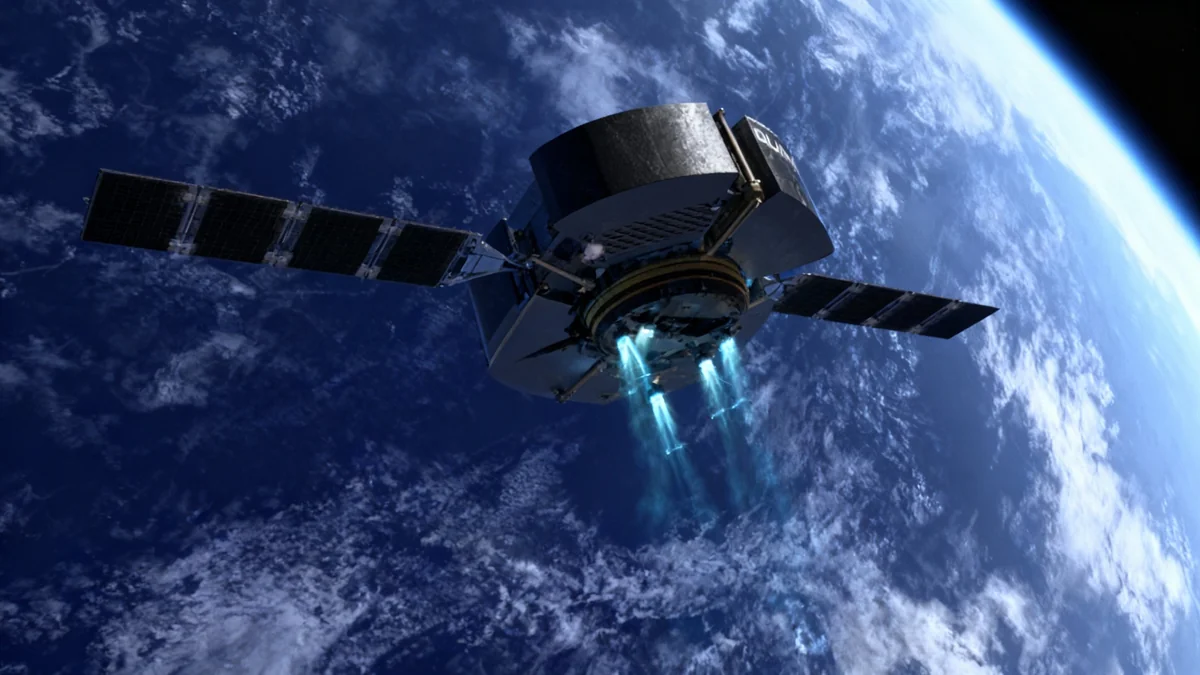Starlab Space, a commercial venture led by Voyager Space, has publicly unveiled a full-scale mockup of its future space station. The model was presented at the International Astronautical Congress (IAC) in Sydney, Australia, offering a first look at the facility designed to succeed the International Space Station (ISS).
The demonstration highlighted the station's significant size and internal layout, which is intended to match the capacity of the current ISS. The project is a joint venture with several international partners and aims to provide a platform for research, technology development, and commercial activities in low-Earth orbit.
Key Takeaways
- A full-scale mockup of the Starlab commercial space station was displayed at the International Astronautical Congress in Sydney.
- The station, measuring 7.8 meters in diameter, is designed to offer 100% of the capacity of the International Space Station.
- Starlab announced new partnerships with Belgium-based Space Application Services and Australia's Saber Astronautics.
- Vivace Corp. has been selected to manufacture the station's primary aluminum structure at NASA's Michoud Assembly Facility.
- The station will operate on a "real estate" model, leasing research space and equipment to commercial and government customers.
A Glimpse of Future Life in Orbit
The mockup presented in Sydney provided a tangible representation of the Starlab station's design. Matt Magaña, president of space, defense, and national security for Voyager Space, emphasized the scale of the project during the event.
"We’re showing how large the station is going to be — 100% of the capacity of ISS," Magaña stated. "People are just in awe."
Visitors to the exhibit, including many families on the IAC's public day, could see key features of the station's design. This included large observation windows, payload racks for scientific experiments, and an external robotic arm being supplied by Canadian partner MDA Space. The mockup aims to transition the concept of a commercial space station from a blueprint to a physical reality for potential partners and the public.
Detailed Interior and Operational Design
The Starlab station is engineered with a multi-level interior to maximize its habitable and operational volume. The structure, which has a diameter of 7.8 meters, is divided into three distinct levels, each with a specific function.
Three Levels of Functionality
The first level is dedicated to essential systems. This area will house life support equipment, crew exercise machines, and toilet facilities. The second level is the primary research and development hub. According to project details, this section will offer the equivalent volume of 130 middeck lockers for hosting a wide range of scientific experiments and technology demonstrations.
The third and uppermost level contains the crew quarters. This living space is designed with astronaut experience in mind, featuring two large observation windows oriented toward Earth and two additional windows aimed at the horizon, providing expansive views of the planet and space.
Starlab by the Numbers
- Diameter: 7.8 meters
- Interior Levels: 3
- Research Capacity: Equivalent to 130 middeck lockers
- Observation Windows: 4 in the crew quarters
Courtenay McMillan, the mission segment lead for Starlab Space, explained the commercial strategy. "We’re operating in a real estate mode," she said. "We’ll lease the majority of the space in middeck lockers to the customers for the duration that they have experiments up there." In addition to leased space, customers will have access to shared equipment, including microscopes, centrifuges, and cold storage units. The mockup also featured a galley rack from Leidos, where crews will prepare their food.
Expanding the International Partnership
The Starlab project is a significant international collaboration. Voyager Space leads the joint venture, which includes major aerospace and technology firms such as Airbus, Mitsubishi Corp., MDA, and Palantir Technologies. At the IAC, the venture announced the addition of new strategic partners.
New European and Australian Collaborators
On October 1, Starlab officially welcomed Space Application Services as its newest joint venture partner and investor. The Belgium-based company specializes in engineering and payload integration and maintains close ties with the European Space Agency (ESA).
The Role of International Partners
Building a commercial space station requires a diverse range of expertise. Partners like Airbus contribute to spacecraft design, MDA provides robotics, and new partners like Space Application Services broaden access to global research communities and markets, particularly in Europe.
In a statement, Voyager noted that the Belgian company "contributes deep experience in space systems, mission operations and payload integration," which will broaden Starlab's access to global markets.
Just two days later, on October 3, Starlab announced another partnership with Saber Astronautics. The company, which has operations in both Australia and the United States, will act as a channel and implementation partner. According to the announcement, Saber Astronautics will focus on business development to attract new customers for Starlab's microgravity platform and will also provide technical support, including hardware integration and in-orbit operations.
Manufacturing and Future Development
While the mockup was on display in Australia, Starlab also announced a critical step forward in the station's physical construction. The venture has selected Vivace Corp. to manufacture the station's primary structure.
The main body of the station will be constructed from an aluminum-based alloy in New Orleans. Further development, integration, and testing will be conducted at NASA’s Michoud Assembly Facility in Louisiana, a site with a long history of building large-scale space hardware, including components for the Space Shuttle and the Space Launch System (SLS) rocket.
"Selecting Vivace to lead the manufacturing of Starlab’s primary structure is a major milestone," said Starlab CEO Marshall Smith. "This collaboration is instrumental in transforming that vision into reality, perpetuating the ISS legacy, and ensuring NASA and its international partners continue to have seamless access to orbit in the post-ISS era."
This decision grounds the project in a key hub of American aerospace manufacturing, leveraging existing infrastructure and expertise. The development of Starlab is part of a broader NASA initiative to support the creation of commercial space stations, ensuring a continued human presence in low-Earth orbit after the ISS is decommissioned.





